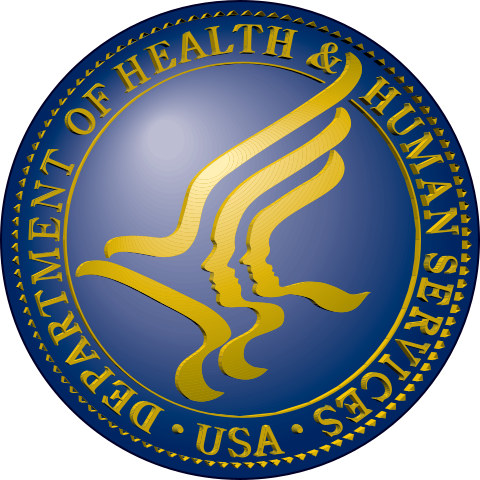Stroke Sense – Understanding Stroke
 The effect of the sudden loss of body function as a result of stroke damage to the brain can be devastating to victim and family alike. Fortunately, there is much you can do the reduce your risk.
The effect of the sudden loss of body function as a result of stroke damage to the brain can be devastating to victim and family alike. Fortunately, there is much you can do the reduce your risk.
The incidence of stroke has declined dramatically over the last 30 years. Healthy diets and lifestyles, plus effective treatment of high blood pressure, have contributed greatly. More men than women are killed by stroke, with the greater incidence of female deaths after age 75 being explained simply by women’s greater longevity.
The brain is damaged by stroke because this vital organ’s blood or oxygen supply is interrupted or blood leaks into or onto the brain and damages the tissue. The result is that the brain’s nerve cells and tracts can no longer transmit messages to the body. This means that functions such as speech, movement, coordination and thinking become impaired. Disability can be permanent or short-term.
Many stroke sufferers experience a kind of “mini” stroke before they fall victim to the real thing. This is known as a “transient ischemic attack” (TIA) and is a warning signal that a sufficient supply of blood is not reaching part of the brain. Any of these symptoms that follow may signify a TIA. They may last for periods of a few seconds to 24 hours and any of them may herald a full stroke. People who get medical treatment and follow lifestyle changes after a TIA can substantially reduce their risk of suffering a full stroke.
Warning of Impending Stroke–Seek Medical Attention For:
Brief disturbances of vision
Short periods of weakness
Brief numbness anywhere
Unaccustomed tingling
Fleeting paralysis
Momentary loss of speech
Brief comprehension difficulty
Stroke is the third-major cause of adult death in the U.S. after heart disease and cancer, and there are about 500,000 new cases of stroke each year. However, the risk of suffering a stroke can be dramatically reduced. Simple measures like switching to a low-fat diet and maintaining a healthy blood pressure will help keep strokes at bay and help keep you active and enjoying everyday life longer.
You can do a great deal to reduce or even eliminate the risk of stroke. Your two main goals are to keep your blood pressure within normal limits and to prevent the development of atherosclerosis, a narrowing of the arteries.
Following a healthful diet is one of the main ways of preventing atherosclerosis and keeping blood pressure down. A diet low in saturated fat and high in fiber and the antioxidant vitamins C and E will give you a lot of protection. Giving up smoking, taking up regular, strenuous exercise and watching your weight and your blood cholesterol level are also important, stroke-defying measures. If you have diabetes, make sure you keep it under proper control.
Raised blood pressure does not, until dangerously high, cause any symptoms. So you must have regular checkups–the American Heart Association recommends annual checkups for adults.
Research has shown that the risk of stroke can be reduced by taking 300 mg. of aspirin each day, but only on the advice of your physician. It’s never too late to make changes to your lifestyle–your body will thank you for it!
